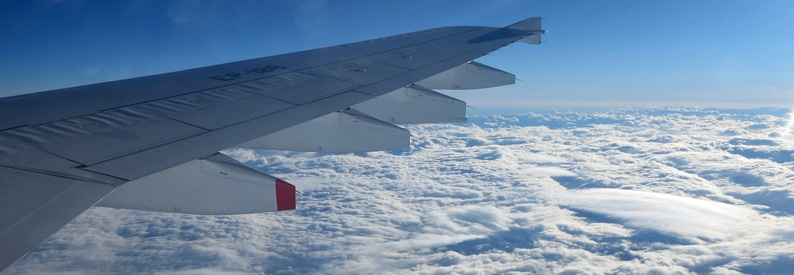CNMI’s Marianas Pacific Air eyes ground-effect vehicles

Marianas Pacific Airlines (Saipan), a start-up that aims to debut in 1Q22, is looking to acquire three Wing-In-Ground-Effect (WIG) vehicles from US-based Universal Hovercraft for inter-island connections in the Commonwealth of the Northern Marianas Islands (CNMI), according to the airline’s project leader Bill Giles.
Also known as ekranoplans or “Caspian Sea Monsters”, a technology first trialled by the Soviets in the 1960s, WIGs are a sort of hybrid between aircraft and boats. They glide over water by making use of an aerodynamic principle called ground effect, the lift generated by its large wings and the surface below.
On inquiry from ch-aviation, Giles said: “We have been in discussions with the manufacturer for over a year related to design and operating parameters and we consider these items proprietary. We are currently reviewing the detailed release with the manufacturer.” He said it would be a carbon fibre craft of substantial size.
He confirmed the carrier was also looking at a fleet of three B757s. Marianas Pacific had previously said it was looking to lease two FAA-registered B757-200s and one B737-800.
Giles earlier told the Saipan Tribune that WIG craft were more efficient for inter-island travel compared to regular boats and aircraft, but would have to be approved by the US Coast Guard as they did not fall under Federal Aviation Administration (FAA) regulations. He confirmed that Marianas Pacific was negotiating a deal where the craft would be manufactured in the CNMI.
The start-up aims to purchase three of the type by the third quarter of 2022. Each would carry up to 12 passengers and two crew members and be able to cruise at up to 136kmh, he said, adding: “We’re expecting delivery eight months from the time of our financing, which we’re hoping is very soon.”
Marianas Pacific’s James Blake said the WIG craft would enable tourists to visit not just Saipan, the biggest of the CNMI group, but also neighbouring islands like Tinian, Rota, Guam, and Pagan. “This creates a real opportunity to build a wonderful island odyssey experience for international tourists,” he said.
According to Universal Hovercraft’s website, the company manufactures two versions of its 19XRW Hoverwing commercial WIG craft priced at USD179,000 for the 130hp model and USD190,000 for the 240hp version. Almost six metres long and 2.33 metres wide, both have a payload of 544kg and a hover height of 28cm. Their range varies between 225km and 257km and both can reach a maximum speed of 126kph.
WIG’s combination of speed and proximity to the surface while flying makes them difficult to detect by radar, a reason why the Soviet military experimented with several variants of the concept during the Cold War. One of the most famous examples of these Soviet-era leviathans was salvaged last year from a dry-dock in the port of Kaspiysk in the Republic of Dagestan, where it had ended up after the collapse of the Soviet Union. Having been earmarked as a centrepiece for a military museum in Derbent, it was towed 14 hours down the coast from Russia by a flotilla of tug boats but was abandoned on the beach just short of Derbent after having sprung a leak.
Editorial Comment: Added comment by Bill Gates. – 19.09.2021 – 19:42 UTC
